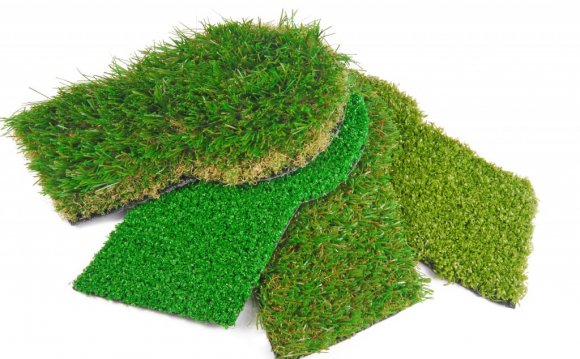
The synthetic grass industry began as a solution to help improve inner city youth’s physical fitness during the 1950’s.
Strong proponents of artificial grass were The Ford Foundation’s Education Facilities Laboratory in conjunction with Monsanto Industries and Chemstrand. From 1962 through 1966, Chemstrand’s research organization, The Creative Group, tested synthetic turf carpet surfaces for flammability, water drainage and resistance as well as durability levels that included foot traffic.
In 1965, Houston’s Astrodome was in desperate need of a dependable playing field since weather conditions did not allow for natural turf. Astrodome developer Judge Hofheinz consulted Monsanto about installing artificial turf.
The Houston Astros began their baseball season in 1966 using the newly installed “Chemgrass”, later renamed “Astroturf”, invented by James M. Faria and Robert T. Wright of the Chemstrand Company. Astroturf’s first generation synthetic grass showcased tightly curled nylon fibers woven into a foam backing.
Artificial grass was growing popularity that continued through the 1970s with sports arenas throughout the United States and Canada. During this time, the artificial turf industry followed the shag carpet trend and introduced “shag turf”. The longer yarns were composed of a softer polypropylene material that was a huge step up from the first generation of artificial turf.
Once the mid 1990’s came around, the third generation of artificial turf featured an even softer polyethylene blade fiber. The evolution has continued this day, with multi colored and multi length fibers incorporated into a stronger backing, creating unprecedented realism. The synthetic grass you have on your lawn today is a part of the third generation artificial turf that performs better than a natural lawn without sacrificing realism. We’ve come a long way!
Source: www.syntheticgrasswarehouse.com
Landscaping Tips
Though your home is your castle, there is no necessity to surround it with a moat. Here are 5 tips that will help you to make your landscaping feel more warm, welcoming and cozy.
1. Put some flowers nearby your entrance. Flowers make any area look more welcoming and attractive, so greeting your guests with Petunia, Snapdragon, Lily-of-the-Nile or some other garden flowers is always a great thing to do. What is more, to add some space between your house and the entrance, you can consider adding a little white fence. It will create an illusion that your front yard is bigger than it actually is. What is more, adding fence will create a great space for planting flowers to add some color and coziness.
2. Add rambling vines to make your yard look absolutely lovely. You can not deny that rambling vines always create romantic and even magical atmosphere. So why not to use this tip while decorating your yard?
3. To hide the unattractive driveway, consider adding some color, texture, and height. You can easily do it by adding various sorts of flowers. To start, create an island of green lawn right in the hub of a drive. Then add a couple of low boxwood hedges with flowers toward the back of your island.
4. If you want your yard to blossom and flourish bust still do not have enough time to maintain it, consider planting low-fuss lilies. Such flowers look absolutely gorgeous and come in the variety of rainbow hues, so you can pick the one you love most. What is more, low-fuss lilies do not care about the sort of soil, they love the sun and welcome hot, they do not afraid of drought. In other words, Crinums is an ideal flower for all those who are looking for low-maintenance solutions.
5. The last tip also touches the low-maintenance aspect. To make your life easier, group plantings into beds and islands. This will help you to avoid mowing and trimming around each individual plant, save a lot of time and even money.
















